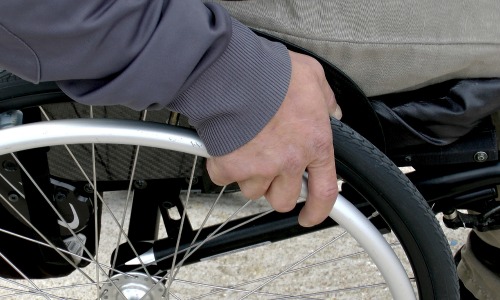The Americans with Disabilities Act (ADA) has prohibited discrimination based on disability since 1990. However, many people with disabilities still struggle with unemployment or under-employment. The new administration removed references to disabilities and the ADA from the White House website a few days after inauguration, leaving many people uneasy.
This move may highlight the need for coverage on local people with disabilities to put a human face on these issues. While disabilities are by no means a purely economic issue, they do have economic implications. Here are some angles to consider.
ABLE accounts
The Achieving a Better Life Experience Act of 2014 created ABLE accounts, which allow people with disabilities to save for their future needs, similar to 529 accounts for college costs. Like 529s, ABLE accounts are administered by states. Several states have launched their plans or will launch them soon. The ABLE National Resource Center is a good place to find out if your state is among them and if so, learn more about your state’s plan.
Local worker programs
If your area has any employment programs for people with disabilities (for instance, a coffee shop or pizzeria that goes out of its way to employ people with disabilities or a training program like Gigi U), it might be worth a look. Who funds these programs and who participates? Do participants continue on to mainstream work at local retailers or offices? How did they get started?
Gig economy
Have locals with disabilities created an income stream for themselves, say, selling on Etsy or driving for Lyft? These opportunities often provide more flexibility than disabled workers could find with traditional employers. (While employers technically must make accommodations under ADA, they don’t always.) Downsides to consider: the lack of benefits and worker protections and unpredictability of on-demand work.
Special needs financial planning
In addition to ABLE accounts, people with disabilities and their families also use financial vehicles such as special needs trusts to plan for the future. These can get complicated, so some financial planners specialize in this area, often in conjunction with broader estate planning issues. If your community has any financial planners with this focus, it might be worth exploring.
Writing tips
Portraying people with disabilities as helpless, or high-functioning people as heroes perpetuates stereotypes. Disability rights advocate Haben Girma includes tips for writing about people with disabilities on her website. At the very least, avoid dehumanizing language like “disabled people” or “wheelchair-bound man” and instead place the person’s humanity first (for instance, “people with disabilities” or “man who uses a wheelchair”).
Photo tips
If you’re involved with sourcing photos, choose carefully. Stock photos of people with disabilities often fall into common tropes such as parents pushing a child in a wheelchair. Taking the time to locate a photo that shows people having some agency of their own makes for more nuanced coverage.











